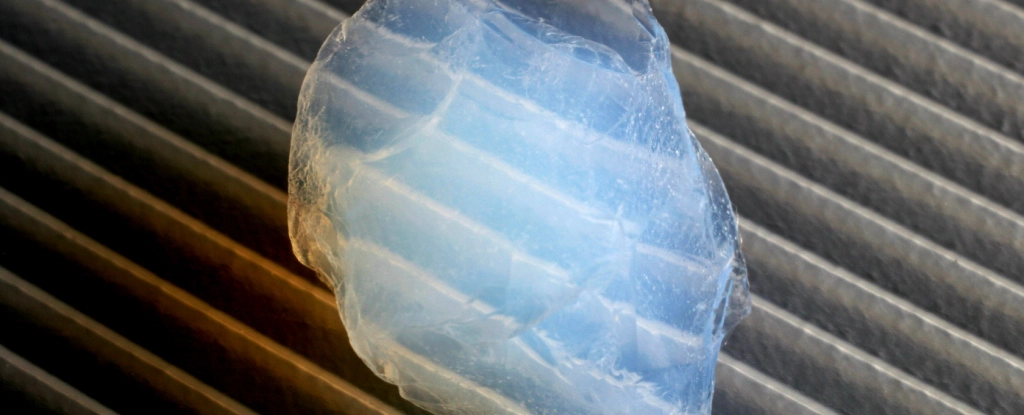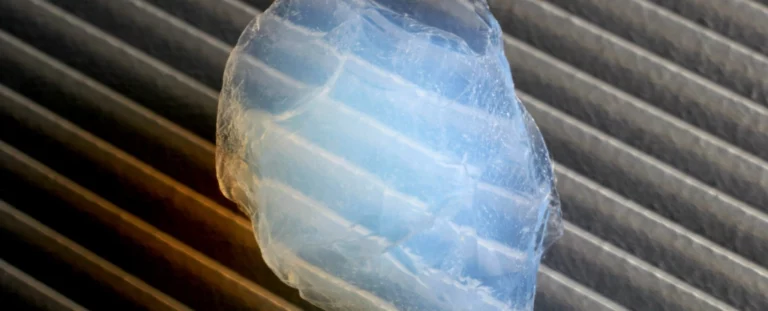How Aerogel Packed with Uranium Could Provide the Space Engine Scientists are Searching For
In recent times, various innovative concepts for space propulsion have emerged, and in addition to the solar sail versus chemical propulsion debate, there is a promising third option, namely, nuclear rocket engines. Although previously discussed in Universe Today, Positron Dynamics, a company that focuses on advanced nuclear technologies, has received a grant from NASA’s Institute of Advanced Concepts to develop a new type of nuclear fission fragment rocket engine (FFRE).

This type of engine could potentially strike a balance between the power of chemical engines and the endurance of solar sails. While FFREs are not a new concept, their drawbacks include complex plasma levitation requirements that offset their high specific impulse and power density advantages. However, Positron Dynamics is aiming to overcome these challenges by using two separate breakthroughs derived from other areas of research. The first novel approach is to incorporate fissile material into an ultralight aerogel, and the second is to employ a superconducting magnet to confine the fission particles.
The nuclear process that powers energy-generating nuclear plants on Earth is the same process that FFREs use. However, unlike power plants, FFREs generate both electricity and thrust, and they generate an incredibly high amount of thrust.
Sending an entire bar of uranium fuel, as used in terrestrial fission reactors, into space is not feasible. To address this problem, scientists propose embedding the fuel particles into aerogels, one of the lightest human-made materials available. This would enable the fuel to be held together while keeping the overall structure light enough to be launched into orbit.
However, the aerogel’s structure is insufficient to contain the fission fragments as they disintegrate. A substantial external force is required, which is where the superconducting magnet plays a crucial role.
Recently, a number of novel propulsion concepts for space travel have been proposed, in addition to the age-old debate between solar sails and chemical propulsion. Nuclear rocket engines, which use the same nuclear process that powers electricity-generating nuclear plants on Earth but produce thrust, represent a potential third option. While nuclear fission fragment rocket engines (FFREs) are not a new idea, many have significant technical obstacles that must be overcome before they can be viable. These engines have the potential for high power density and specific impulse but are offset by their complexity and requirement for plasma levitation.
To solve these problems, Positron Dynamics has received a grant from NASA’s Institute of Advanced Concepts to develop a novel type of FFRE. They plan to use ultralight aerogels to embed fissile material and contain the fission particles with a superconducting magnet. The aerogel would keep the fuel particles together while being lightweight enough to lift into orbit. Meanwhile, the superconducting magnet would channel the fission fragments in the same direction, converting them into a thrust vector and preventing damage to other engine parts. Although there are still challenges to overcome, early-stage projects such as this are what NIAC funds and aims to derisk. Perhaps one day, FFREs will achieve the ideal balance between speed and fuel efficiency that rocket scientists strive for.
Do not forget to share your opinion with us to provide you with the best posts !




0 Comments